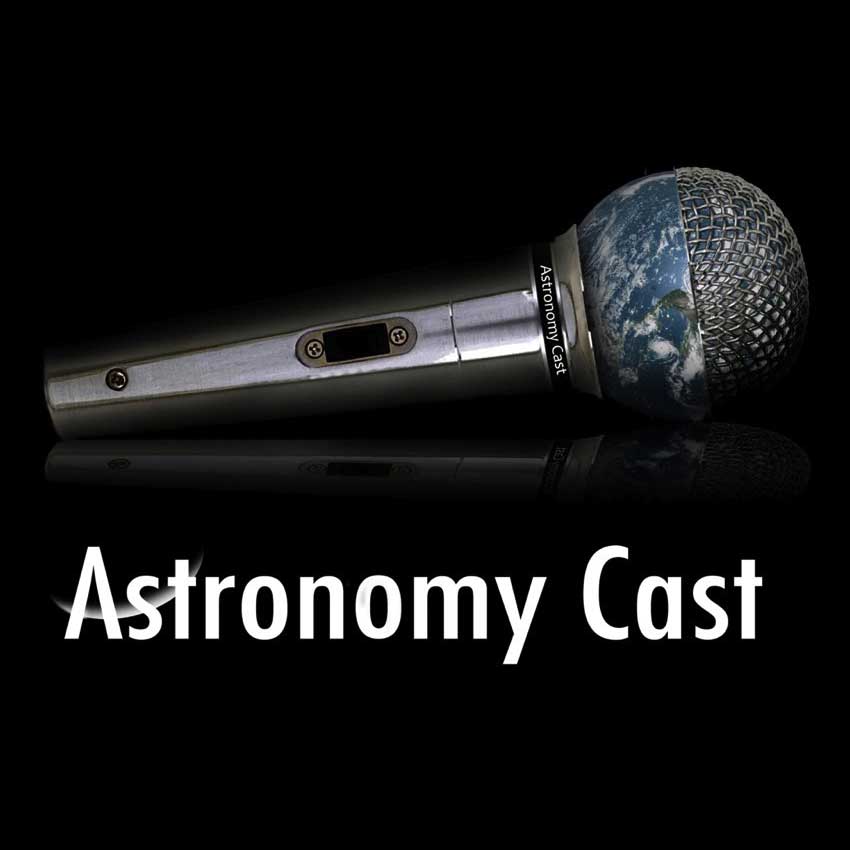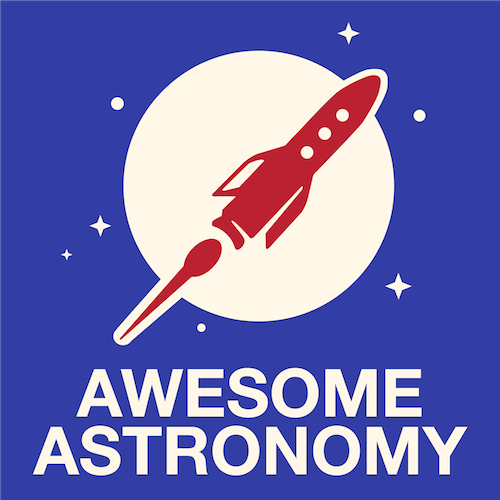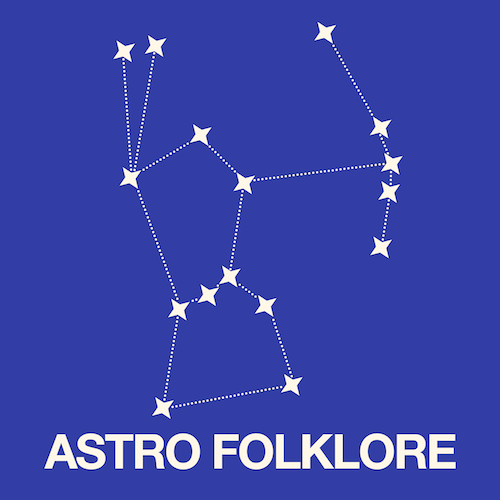What do radio waves given off by stars sound like? What happens to the energy that goes into a black hole? More Q&A with @AstronomyCast at #365daysOfAstro


What do radio waves given off by stars sound like? What happens to the energy that goes into a black hole? More Q&A with @AstronomyCast at #365daysOfAstro

When a Sun-like star nears the end of its life and eventually engulfing the system’s inner planets. Today podcast will discuss about how astronomers caught one in the act.

Most stars in the Milky Way are trapped in here with us, doomed to orbit around and around and around. But a few have found a way out, an escape into the freedom of intergalactic space. How do stars reach escape velocity, never to return?

A recent study by NOIRLab’s educational project ‘Globe at Night’, shows how light pollution is increasing fast, taking away the majestic view of our starry night sky.

What are blue straggler stars? How were they first discovered? What do they tell us about star clusters and the evolution of stars? I discuss these questions and more in today’s Ask a Spaceman!

Moons orbit planets, planets orbit stars, stars orbit within galaxies. It’s orbits all the way down. But occasionally objects can receive a powerful kick that sends them on a journey, never to return.

Today Awesome Astronomy will taking a look at the colour of stars and why stars appear the colours they do. Also how the mass of a star is related to its temperature, what happens to expanding dying stars and why we don’t see any green or purple stars.

We’ve always assumed that we lived in a perfectly normal star system with a normal star and normal planets. It’s all… normal. But with our modern understanding of billions of stars, just how normal is our Sun, anyway?

Today’s podcast we have a folklore from Mongolia about the birth of the brightest morning star and the evening sparkle stars.

What to observe in February? Listen to @awesomeastropod #skyguide and news round up today at #365DaysOfAstro. The team will cover Venus sample return mission, big far away star with very big planet, another ocean moon in Saturn and many more.